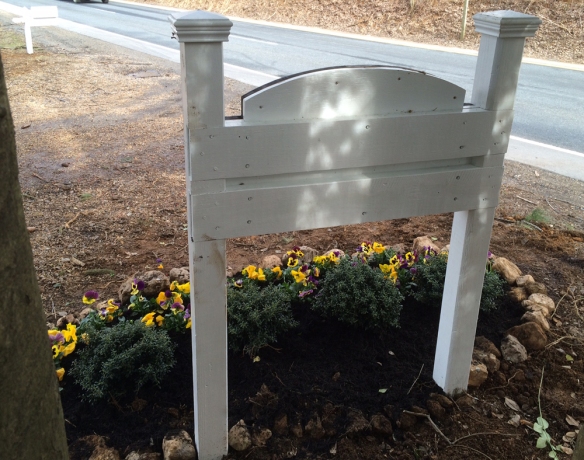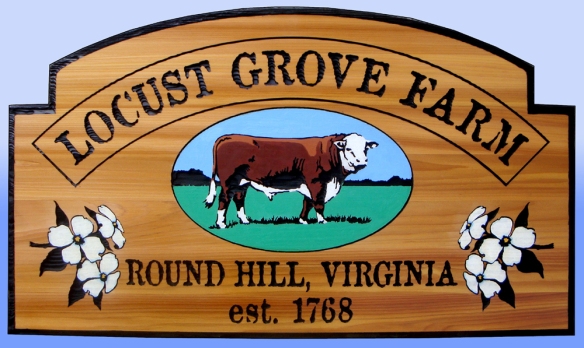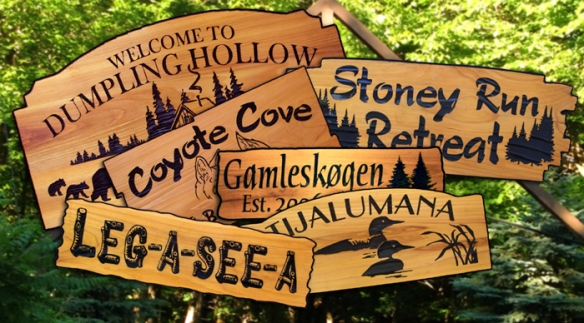Although tongue-in-cheek typos can add rustic charm to a Beaver Cut Products sign, many customers prefer to “go by the book”, grammatically-speaking. This guide covers the use of proper names in signs, including plurals, possessives, and unusual spellings.
Definitions
Proper name: refers to a person, place, or organization, usually capitalized, e.g., Pat Smith
Singular noun: refers to one person, place, or thing, e.g., Pat Smith
Plural noun: refers to more than one person, place, or thing, e.g., The Smiths
Possessive: indicates ownership, e.g., Pat Smith’s house
General Rules
Add s to make most names plural: Smith → Smiths
Add es to make names ending in s, x, z, ch, sh plural: Jones → Joneses
Add ‘s to make names singular possessive: Smith → Smith’s, Jones → Jones’s*
Add s’ to make most names plural possessive: Smith → Smiths’
Add es’ to make names ending in s, x, z, ch, sh plural possessive: Jones → Joneses’
For joint property, only change the final name to possessive: Chris & Pat → Chris & Pat’s
* It is also acceptable to add ‘ to make names ending in s or z singular possessive: Jones → Jones’
Examples
Sign refers to one person
Pat
Smith
Pat Smith
Sign refers to two people
Pat & Chris
Smith & Jones
Pat Smith & Chris Jones
Pat & Chris Smith (same last name)
Sign refers to a family
Smith
The Smith Family
The Smiths
Jones
The Jones Family
The Joneses
Sign refers to property belonging to one person
Pat’s Place
Smith’s Saloon
Chris’s Garden (or Chris’ Garden)
Jones’s Oasis (or Jones’ Oasis)
Sign refers to property belonging to two people
Chris & Pat’s Hideout
Jones & Smith’s Garage
Pat & Chris Smiths’ Cottage (same last name)
Chris & Pat Joneses’ House (same last name)
Sign refers to property belonging to a family
Smith Residence
Jones Pond
The Smiths’ Farm
The Joneses’ Cabin






